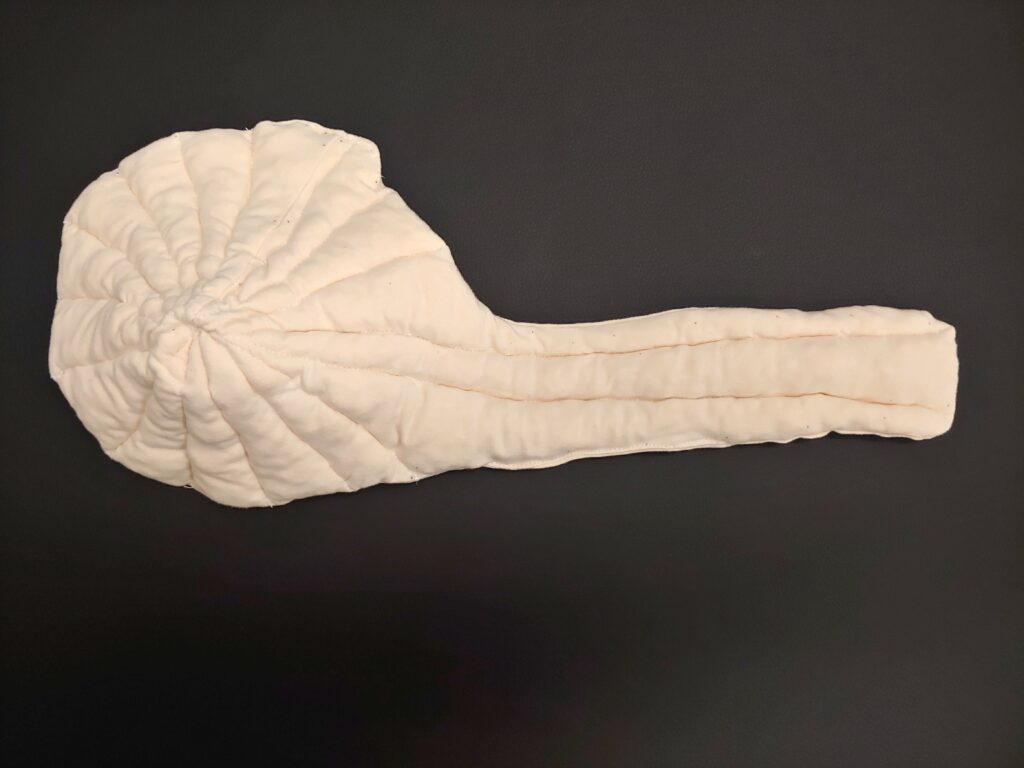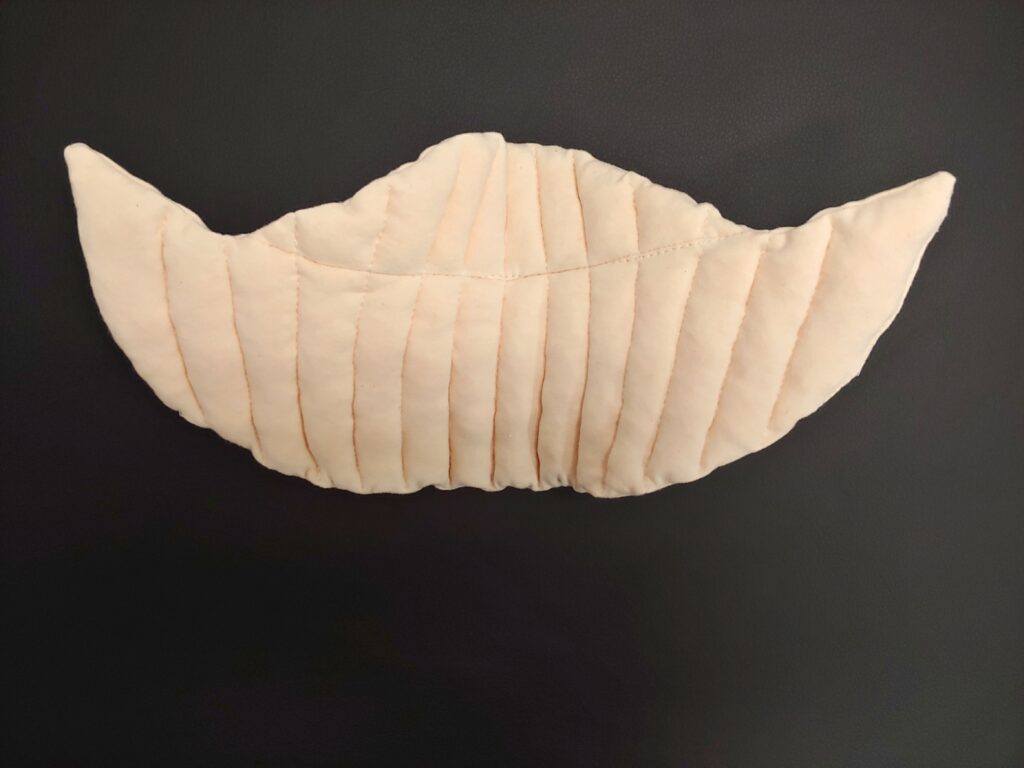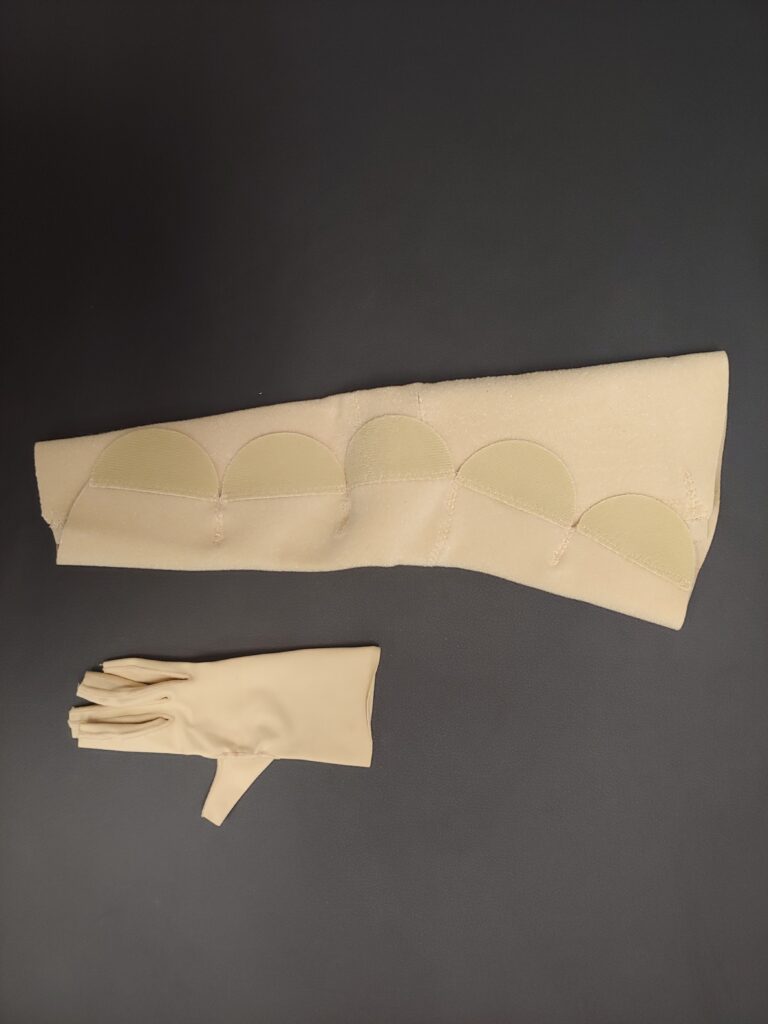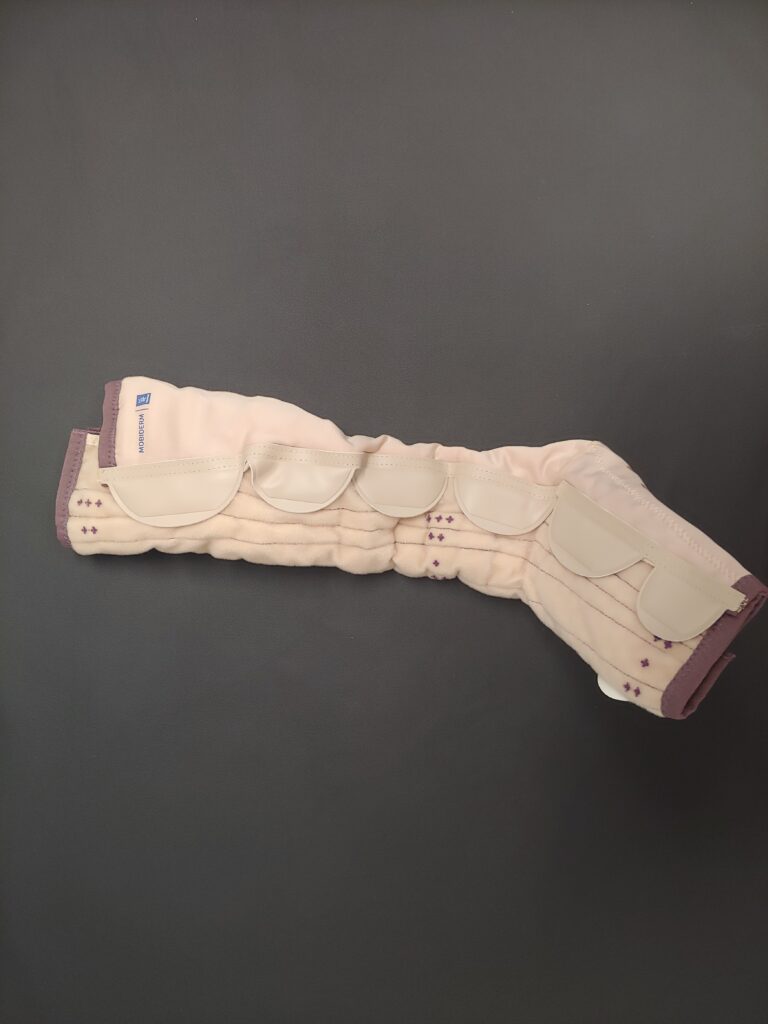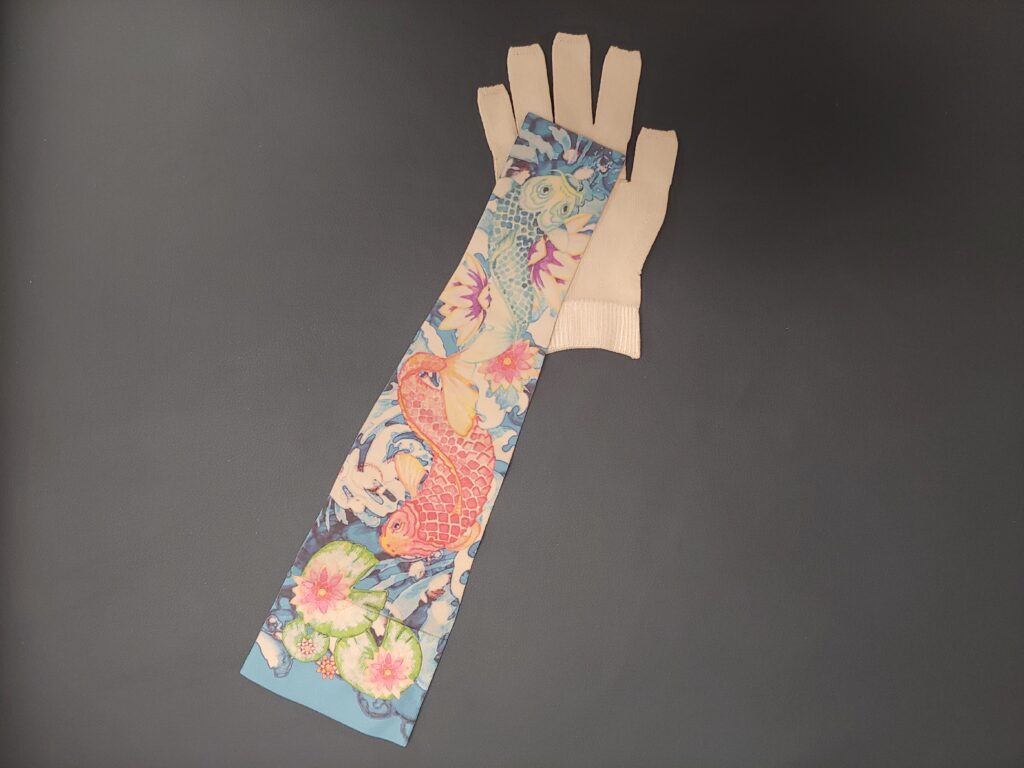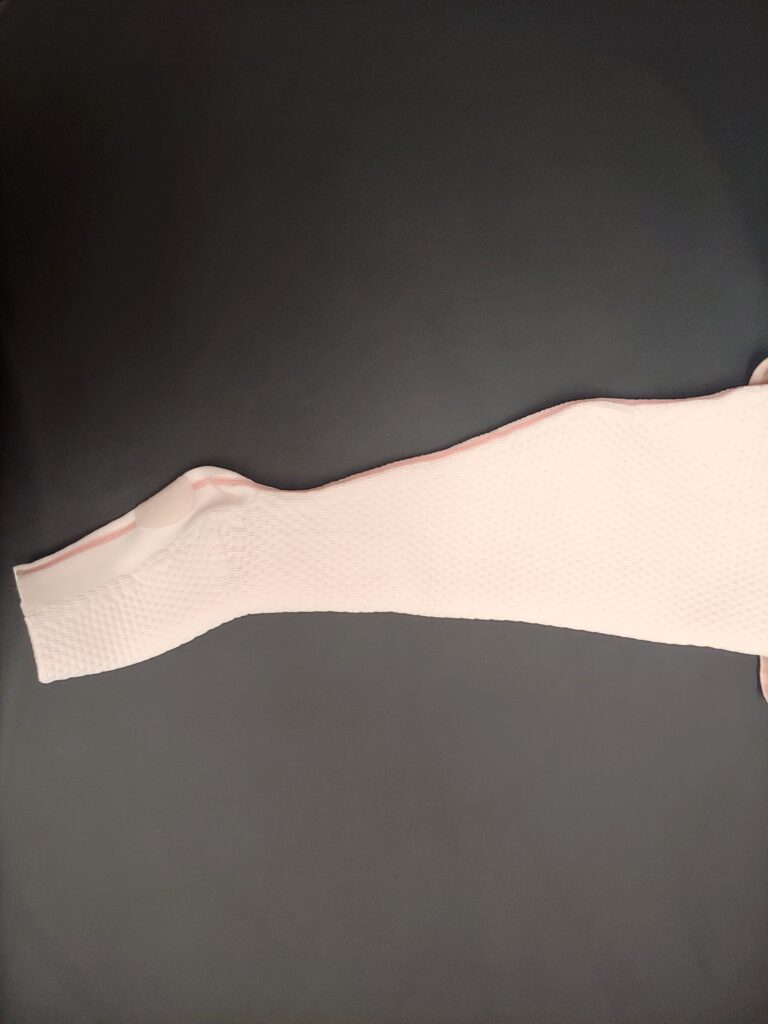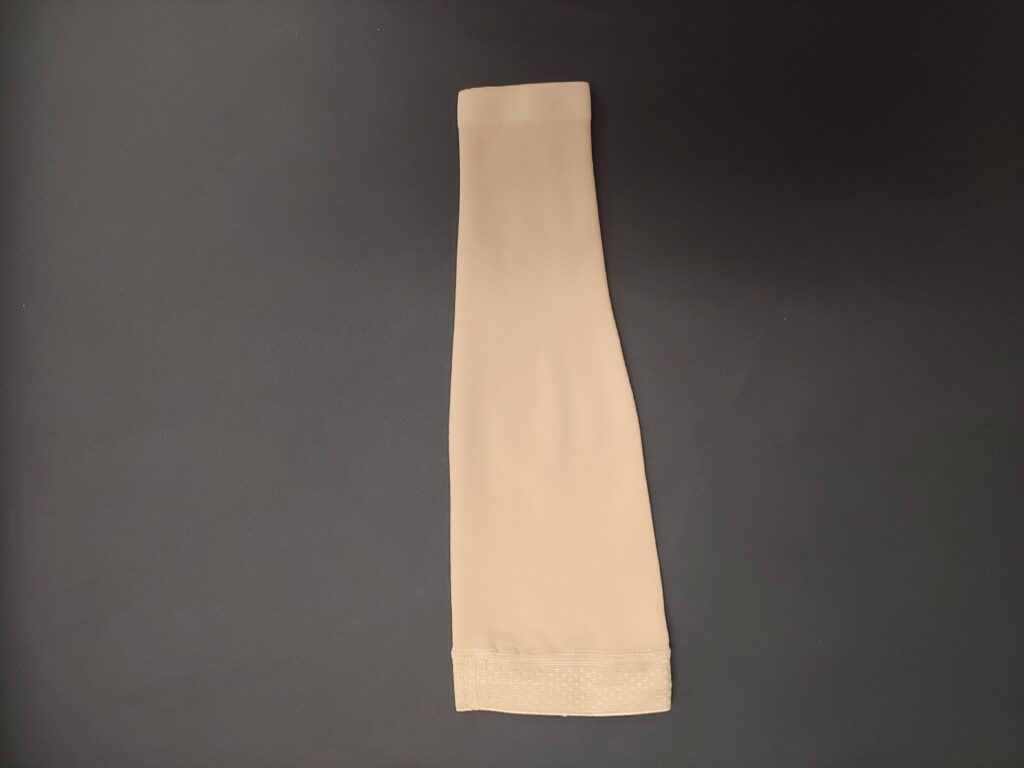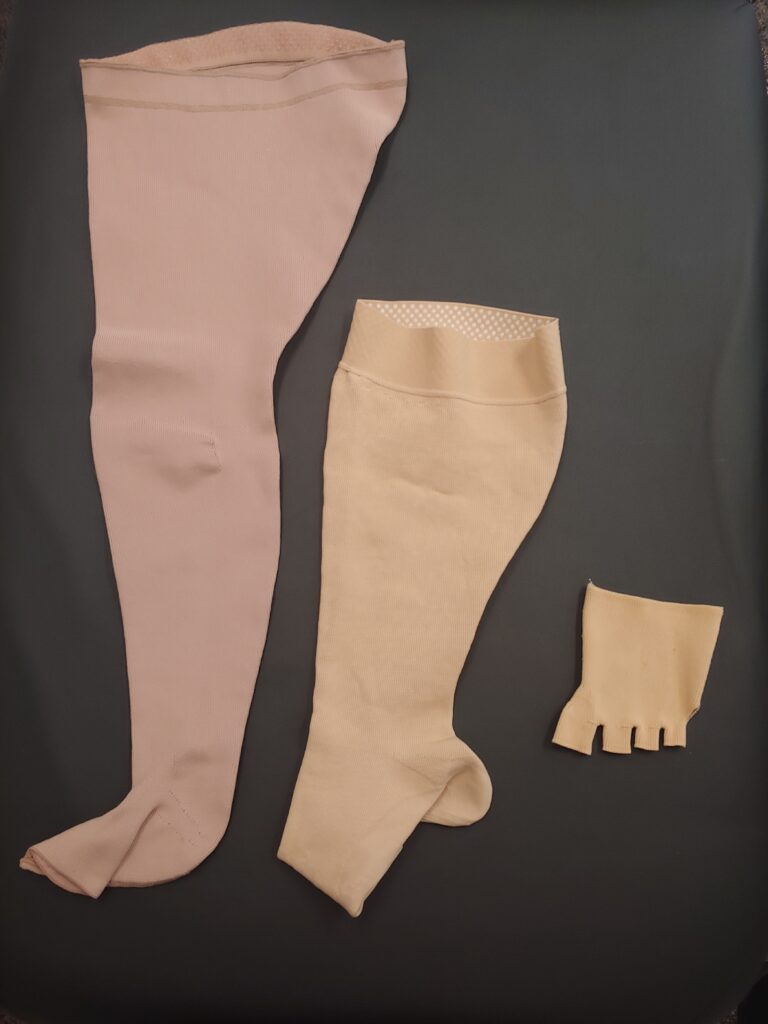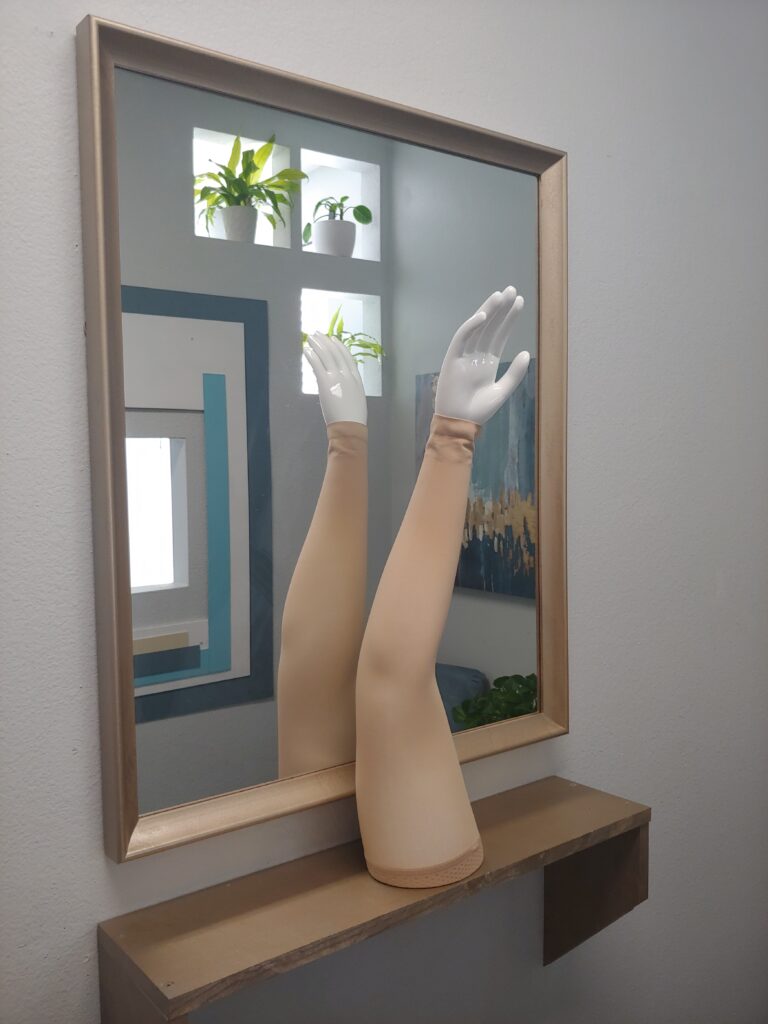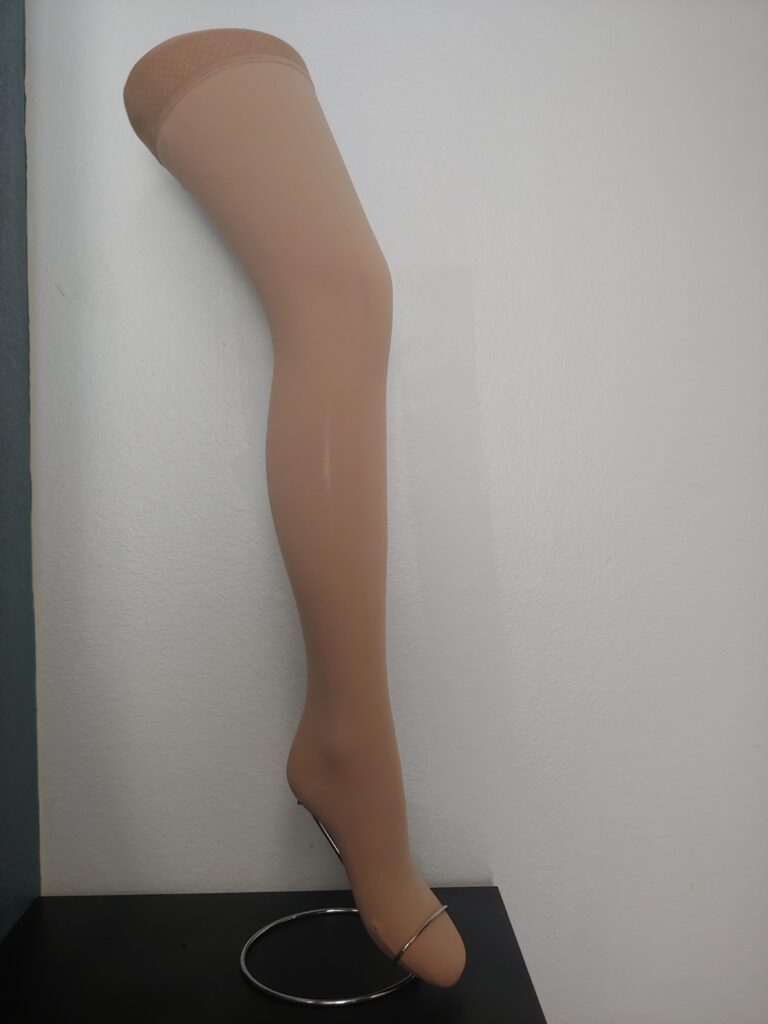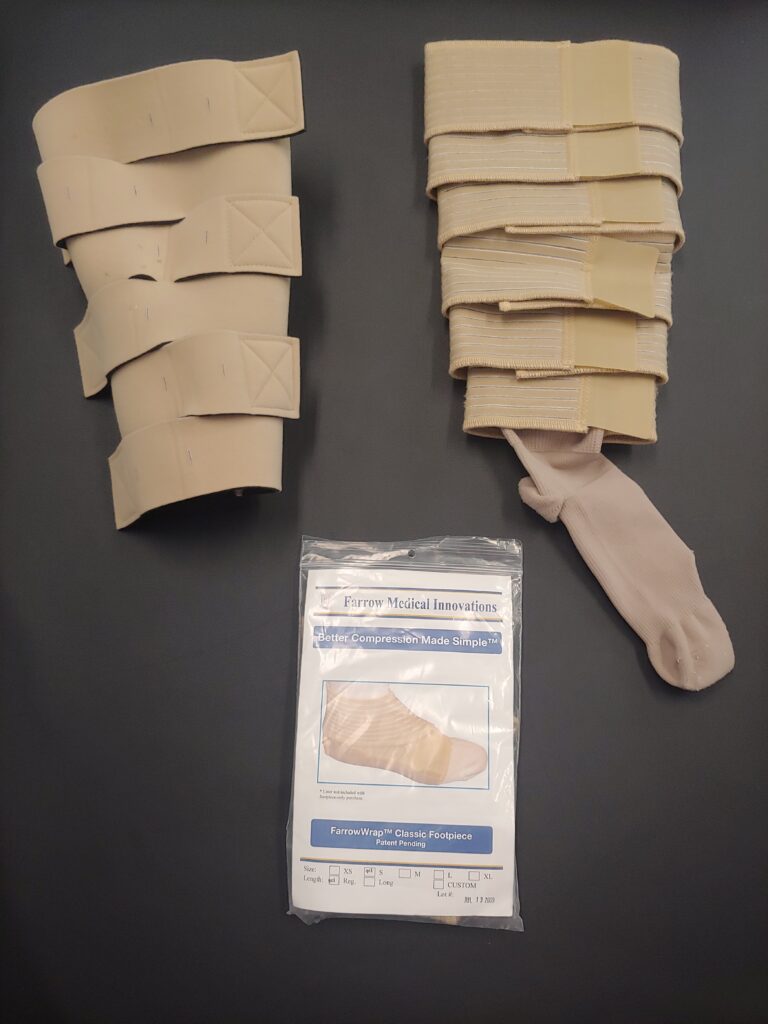Medicare will now pay for lymphedema compression supplies, aids & garments. But there may be an occasion when a patient wants to pay cash for an item. Simple, right? Well (as noted in last month’s post), government complicates things. (Next month, we’ll resume our normal educational blog about lymphedema.)
Disclaimer: Information is not garanteed to be comprehensive or accurate. Consult a healthcare law attorney for guidance.

Image by Andrew Patrick / Pexels
In this post, “provider” will be used interchangeably with “supplier” except where noted.
Billing Medicare 1,2
Most patients will want to bill Medicare for anything Medicare will cover. In such cases, providers (i.e. therapists who add a DME supplier aspect to their provider therapy business for their own patients) must have a PTAN (provider transaction access number). This is obtained when enrolling with Medicare. There are three classifications: “participating,” “non participating,” & those who “opt out”.
Participating Providers 3, 4
A participating provider is an individual who contracts with Medicare. They have agreed to accept what Medicare will pay. They are required (by law) to submit a claim on behalf of a Medicare beneficiary for any service or item that’s a covered benefit. This now includes lymphedema compression (thanks to Heather Ferguson & team – see also the Lymphedema Treatment Act). Because they contract with Medicare, these providers cannot accept cash for an item sold to a Medicare beneficiary (other than the deductible, 20% coinsurance or upgrades). They also have other rules (such as issuing an ABN – advanced beneficiary notice – when certain services or items are not expected to be covered.) Some commercial insurance companies require therapists to be Medicare participants in order to become an in-network provider with them.
A Participating Provider can become a Non Participating Provider by notifying their regional national provider enrollment contractor during the enrollment period (mid-Nov to Dec 31 each year). There are currently two regional enrollment providers (NPE East & NPE West) that took the place of the prior National Supplier Clearing House (“NSC”).
Non Participating Providers 5-8
Non participating providers are individuals who accept Medicare payment but not necessarily in full. (They are still “contracted” providers & must have a PTAN in order to bill Medicare – whether they accept or do not accept Medicare’s payment amount in full.) If they choose not to accept Medicare’s payment in full, they can charge more than Medicare’s payment amount (similar to out-of-network providers), but they have a limit (by law) on what amount they can charge. However, this limit only applies to providers, not suppliers.
Non participating providers can require payment upfront but must still issue an ABN (like participating providers). They’re supposed to submit a claim to Medicare on behalf of a patient in order to collect any billed amount. (If a patient submits a claim, a “CMS 1490S” form can be used.) Can a “non participating provider” sell an item for cash to a Medicare beneficiary? Possibly – if a patient specifically states they don’t want Medicare to be billed. (see image below)

Opting Out 9,10
The Social Security Act Title 18 amendment (of the Balanced Budget Act of 1997, §4507) has a provision allowing a provider to opt out of Medicare. Opt-out providers have chosen not to work with Medicare at all. Instead, they privately contract with patients. This decision is valid for two years at a time. Opting out means a provider can legally bill a Medicare patient directly for services that would be covered. This is not an option for therapists or suppliers.
Non-Contracted Providers (Cash Practices or “retail”) 11,12
Can cash-only practices (without a PTAN) choose to sell compression to Medicare patients? According to CFR 42, section 1395m (j)(4)(A), no. One exception may be if the supplier informed the patient before any transaction took place that the supplier did not bill Medicare & the patient agreed to pay cash. And an ABN should be issued for signature as well.
What about internet sales? 12
Can a Medicare patient pay cash for an item now covered by Medicare? Not without the supplier having liability. According to one legal source, a supplier needs to ensure they have an obvious notice on their website (& at checkout) for all Medicare beneficiaries informing the buyer that the supplier does not have a PTAN & does not bill Medicare. They might even consider having an ABN form signed by each Medicare buyer.
Competitive Bidding
Items covered under the LTA are not currently subject to Competitive Bidding according to 42 U.S. Code § 1395m – Special payment rules for particular items and services.
References
1 Title 42 USC section 1395 m(j), https://www.cgsmedicare.com/jc/pubs/pdf/chpt2.pdf
2 https://www.cms.gov/regulations-and-guidance/guidance/manuals/downloads/pim83c10.pdf
3 (Upgrades) CFR 1395m (19) Certain Upgraded Items https://www.law.cornell.edu/uscode/text/42/1395m
4 (Enrollment Providers) https://www.achc.org/blog/cms-replacing-nsc/)(https://www.cms.gov/medicare/provider-enrollment-and-certification/medicareprovidersupenroll/downloads/contact_list.pdf
5 (Limit not for Suppliers) https://www.medicareinteractive.org/get-answers/medicare-covered-services/outpatient-provider-services/participating-non-participating-and-opt-out-providers#:~:text=Non%2Dparticipating%20providers%20accept%20Medicare,care%20services%20as%20full%20payment
6 (CMS 1490S) https://www.cms.gov/medicare/cms-forms/cms-forms/cms-forms-items/cms012949
7 (paying cash) https://www.webpt.com/blog/times-a-medicare-patient-cant-pay-cash#:~:text=As%20a%20non%2Dparticipating%20provider,may%20reimburse%20the%20patient%20directly
8 https://www.medicareinteractive.org/get-answers/medicare-covered-services/outpatient-provider-services/participating-non-participating-and-opt-out-providers#:~:text=Non%2Dparticipating%20providers%20accept%20Medicare,care%20services%20as%20full%20payment
9 (opting out) https://www.novitas-solutions.com/webcenter/portal/MedicareJL/pagebyid?contentId=00093112#P22_1451
10 (opting out) https://www.congress.gov/bill/105th-congress/house-bill/2015#:~:text=were%20not%20notified.-,(Sec.,shall%20receive%20no%20Medicare%20reimbursement
11 (CFR 42, subch 18, part B, section 1395m, (j)(4)(A)) https://www.law.cornell.edu/uscode/text/42/1395m
12 https://medtrade.com/news/billing-reimbursement/selling-dme-by-a-supplier-without-a-ptan/#:~:text=AMARILLO%2C%20TX%20%2D%20Certain%20disclaimers%20must%20be,does%20not%20have%20a%20Medicare%20supplier%20number%2C

